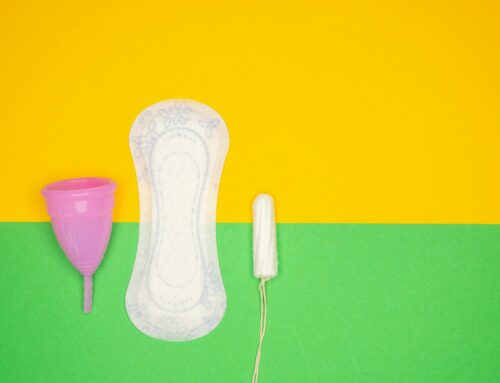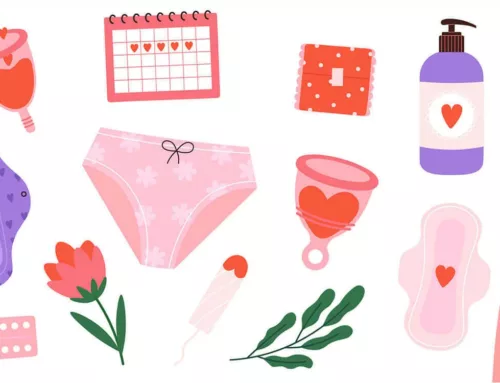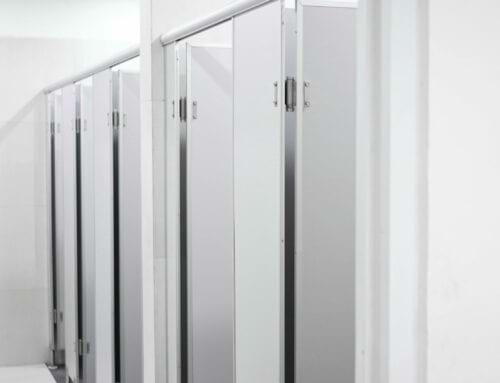Introduction
In today’s world, period poverty persists as a critical issue affecting countless women globally. Shockingly, an estimated 500 million women lack access to essential menstrual products and proper facilities to manage their hygiene during their periods. To navigate their menstrual cycles comfortably, women require access to water, affordable menstrual products like pads and tampons, as well as information on best practices, all within a supportive and stigma-free environment. Regrettably, this essential support system remains out of reach for 500 million women worldwide. Let’s see some crucial statistics regarding period poverty in different part of the world.
Statistics in the US
In the United States, period poverty is a harsh reality for many women. Shockingly, research indicates that approximately 1 in 5 girls in the US have either left school early or missed school entirely due to lack of access to menstrual products. Additionally, a survey conducted by the period tracking app Clue revealed that 1 in 4 women struggled to afford menstrual products. These statistics underscore the widespread impact of period poverty even in developed countries with seemingly robust infrastructure and resources.
Statistics in Nigeria
Turning our attention to Nigeria, the statistics paint a similarly dire picture. It is estimated that in 2022, 37 million women in Nigeria, representing approximately one-third of the female population, suffer from period poverty. These women lack the financial means to afford menstrual products or access to essential hygiene facilities. The consequences of period poverty in Nigeria extend beyond mere inconvenience, impacting women’s health, education, and overall quality of life.
Statistics in India
In India, it is estimated that over 300 million women and girls lack access to menstrual hygiene products. A study by AC Nielsen found that only 12% of women in India have access to sanitary products, leaving the vast majority without proper menstrual hygiene management options. 1 in 10 girls under the age of 21 can’t afford sanitary products. As a result, they are forced to use pieces of clothing or other items during their period, increasing the risk of infection.
Statistics in Kenya
In Kenya, approximately 65% of women and girls cannot afford menstrual hygiene products. Girls and women said they often miss school because of this issue. Lack of access to menstrual products is a significant barrier to education, with UNESCO reporting that 1 in 10 African girls miss school during their periods due to inadequate menstrual hygiene facilities.
Statistics in South Africa
In South Africa, it is estimated that over 7 million girls miss school each month because they cannot afford sanitary pads. The high cost of menstrual products relative to income levels in South Africa contributes to the widespread issue of period poverty among disadvantaged communities.
Statistics in brazil
In Brazil, 29% of women have already run out of money to buy sanitary products. Moreover, 26% of girls between 15 to 17 years old do not have access to suitable period products. As a result, 28% of women have missed school. They estimated that students miss about 45 days of class per year due to period poverty. The lack of affordable menstrual products disproportionately affects low-income women and girls in Brazil, exacerbating existing inequalities.
Conclusion
As we can see, statistics on period poverty worldwide reveal a hard reality for millions of women and girls. From the United States to Nigeria, India, Kenya, South Africa, and Brazil, the lack of access to menstrual products and proper hygiene facilities remains a significant challenge. Urgent action is needed at all levels to address this issue comprehensively. By prioritizing menstrual health, implementing supportive policies, and fostering awareness, we can work towards ensuring that every woman and girl can manage their period with dignity and comfort.






